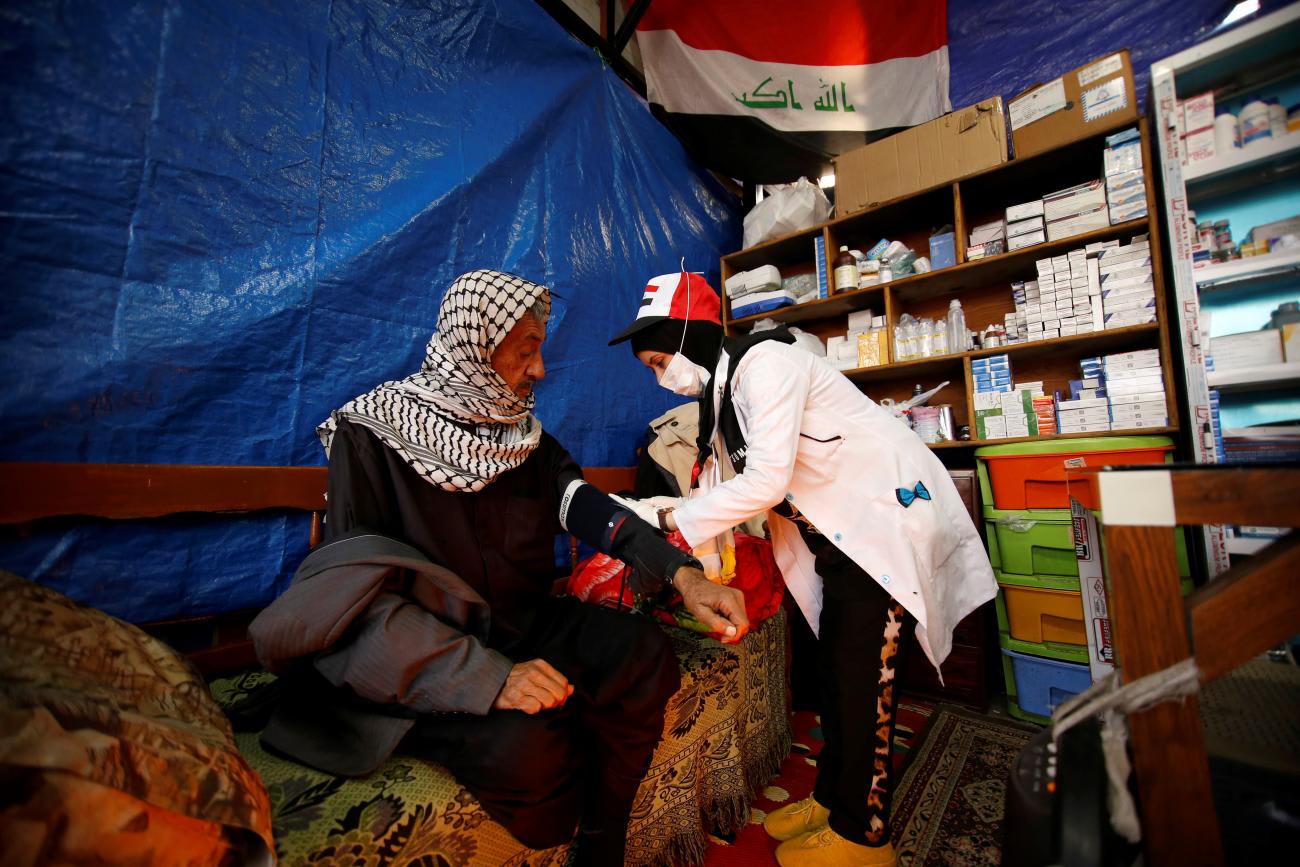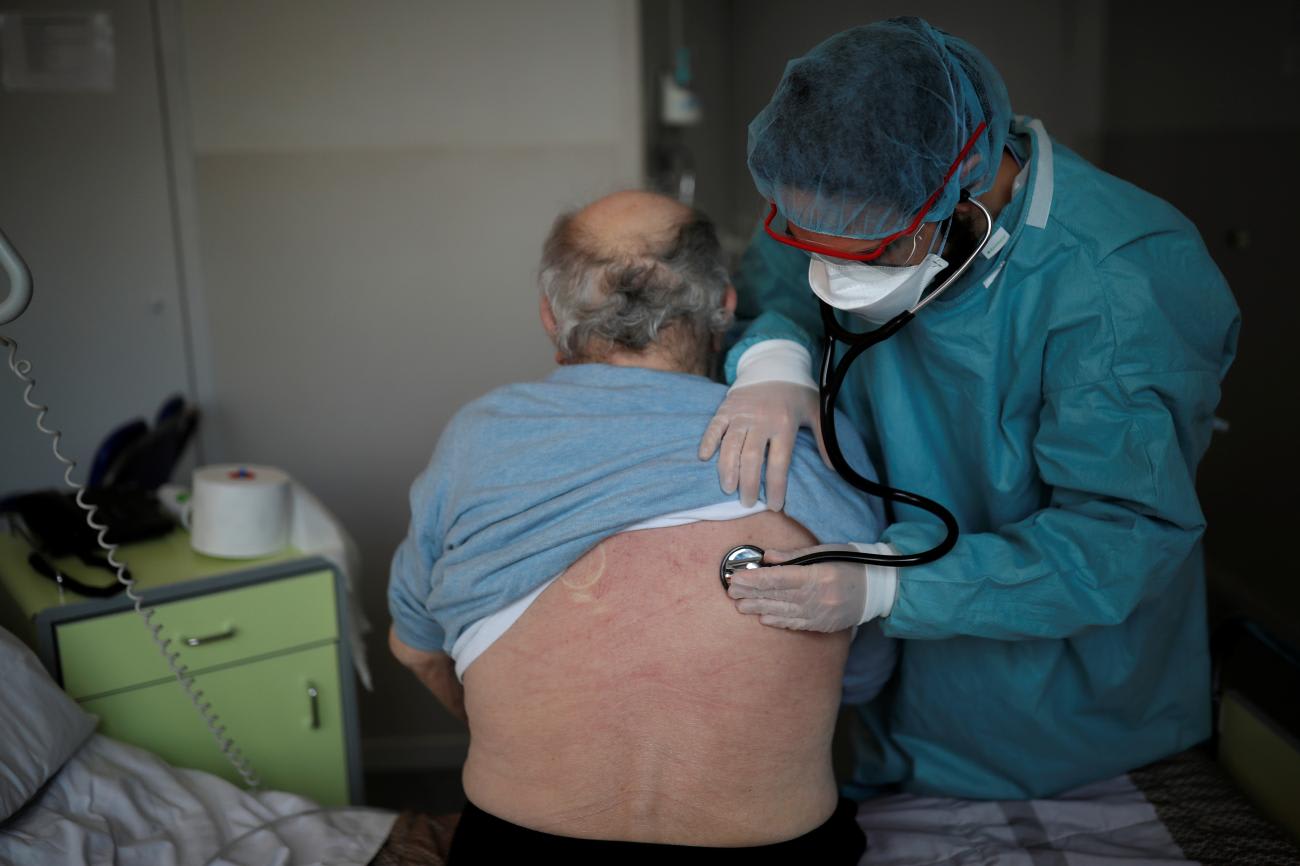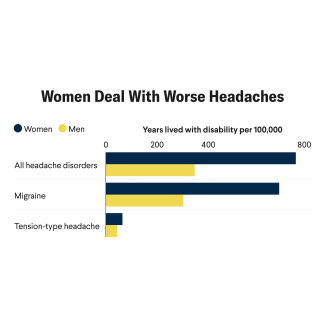Much has been written about the shifting sands of disease burden worldwide. And with the COVID-19 crisis rapidly reshaping health-system priorities, the need for efficient, evidence-based policy-making is paramount. Economic evidence, particularly cost-effectiveness analysis (CEA), is critical for identifying "high-value" health interventions that address the world's most burdensome diseases.
Pioneered in the 1970s, cost-effectiveness analysis is commonly used by bodies such as the World Health Organization and the World Bank to spearhead initiatives focused on improving allocative efficiency in health care. Cost-effectiveness analysis uses metrics such as quality-adjusted life years (QALYs) to measure gains in quality and quantity of life, as well as disability-adjusted life years (DALYs) to quantify both premature mortality and the impacts of living with a disabling disease. Using these summary measures allows us to quantify and rank the order of the burden caused by each disease, which makes it possible to identify those areas that need the most policy attention and prioritize spending on health-care interventions that have the most impact.
Treating individual hypertension in Vietnam was highly cost-effective at $78 per DALY averted
Standardized cost-effectiveness analysis outcome measures, such as cost-per-QALY gained or cost-per-DALY averted, help researchers understand the value for money of health interventions. By comparing cost-effectiveness analysis results with disease burden, we are able to focus research efforts on the most problematic health concerns as well as the most efficient ways to address them. For instance, a cost-effective analysis comparing various cardiovascular disease prevention strategies to the current standard of care in Vietnam found that treating individual hypertension was highly cost-effective at $78 per DALY averted. This value falls far below the country's GDP per capita, which is a commonly cited threshold for cost-effectiveness.

In order to understand how much cost-effectiveness analysis evidence is available for the diseases that account for the greatest global burden, we interrogated two databases of published studies—the Cost-Effectiveness Analysis Registry and Global Health Cost-Effectiveness Analysis Registry—and compared study volume with 2017 Global Burden of Disease estimates (in DALYs) from the Institute for Health Metrics and Evaluation (IHME). We organized our analysis both by country income level and geographic region.
We found that high- and upper-middle-income countries and low- and lower-middle-income countries share few similarities from a cost-effectiveness standpoint. For high- and upper-middle-income countries, non-communicable diseases such as hearing loss, major depression, anxiety, and opioid addiction generate substantial disease burden without commensurate cost-effectiveness analysis evidence. For low- and lower-middle-income countries, ischemic heart disease, intracerebral hemorrhage, pre-term birth, and brain damage due to birthing complications are the most under-studied conditions. For both the Latin American and Middle East and North African regions, mental and behavioral health have the lowest cost-effectiveness analysis coverage relative to their population burden. Research gaps for neonatal disorders are the highest in South Asia and Sub-Saharan Africa.
Measuring Research Gaps for the Most Problematic Diseases
Lower-Income and Low-Middle Income Countries
Although disease areas with low study volume exist for both high- and upper-middle-income countries and low- and lower-middle-income countries, the absolute number of cost-effectiveness analyses focusing on lower income countries is sparse. In fact, the highest number of published analyses for any single disease area was seventy-five among low- and lower-middle-income countries (compared to more than one thousand for high- and upper-middle-income countries). This imbalance is even more striking when we compare specific disease areas. For example, cardiovascular diseases generate a substantial disease burden in both high- and upper-middle-income countries and low- and lower-middle-income countries. Yet the cost-effectiveness of interventions to address cardiovascular disease is studied nearly three times more frequently in the higher income countries.

We were also curious to understand whether an "essential" intervention list that might define a benefits package for universal health coverage, is supported by cost-effectiveness analysis evidence. Using a published list of sixty interventions deemed essential for universal health coverage, we found only thirty-three (fifty-five percent) had supporting cost-effectiveness analysis evidence. And thirteen of those thirty-three interventions had evidence exclusively from high-income settings, hardly the platform on which to base an effort to broaden universal health coverage in low- and middle-income countries. All the more frustrating is the fact that the results of the cost-effectiveness analyses for essential interventions with evidence confirmed that they were highly cost-effective (i.e. the cost-per-QALY or cost-per-DALY results were less than one times the GDP per capita in the relevant country). Collectively, this suggests a significant missed opportunity to describe such a list of interventions as both essential and cost-effective.
In a list of 60 interventions deemed essential for universal health coverage, 55 percent had supporting CEA evidence
For policymakers, the take-home message is clear: cost-effectiveness analysis can be an effective tool for identifying high-value health interventions that address conditions with the most consequential burden. However, research gaps for highly prevalent diseases or universal health coverage for critical interventions may be stifling potential efficiency gains. Additionally, most of the cost-effectiveness analysis research output remains focused on high-income settings, even in the face of significant and growing disease burden elsewhere. These trends severely limit the ability of low- and middle-income countries to make context-sensitive, evidence-based investments that are in sync with shifting disease burden. Governments and philanthropic foundations alike should fund new research agendas that will empower academic institutions to increase their local capacity to conduct cost-effectiveness analyses. Without a robust volume of high-quality research, local health systems cannot make evidence-informed decisions that prioritize high-value health care. Let's reshape the way policymakers make decisions about health by getting our most cost-effective priorities straight.

EDITOR'S NOTE: The Global Burden of Disease study mentioned in the third paragraph is led by the University of Washington's Institute for Health Metrics and Evaluation (IHME), which partners with the Council on Foreign Relations on Think Global Health. Tufts Medical Center has also collaborated with IHME on a separate project on predictive analytics for cost-effectiveness.












